40 the water planet worksheet
› special-topics › water-science-schoolThe Water Cycle | U.S. Geological Survey Oct 02, 2022 · What's important to keep in mind is that all of this water is in constant motion across our planet. Credit: NASA. The water cycle describes where water is on Earth and how it moves. Water is stored in the atmosphere, on the land surface, and below the ground. It can be a liquid, a solid, or a gas. Liquid water can be fresh or saline (salty). Water cycle | National Oceanic and Atmospheric Administration 1. helmik. 2019 · The water cycle is often taught as a simple circular cycle of evaporation, condensation, and precipitation. Although this can be a useful model, the reality is much more complicated. The paths and influences of water through Earth’s ecosystems are extremely complex and not completely understood. NOAA is striving to expand understanding of the …
oceanservice.noaa.gov › facts › ninoninaWhat are El Nino and La Nina? - National Ocean Service El Niño also has a strong effect on marine life off the Pacific coast. During normal conditions, upwelling brings water from the depths to the surface; this water is cold and nutrient rich. During El Niño, upwelling weakens or stops altogether. Without the nutrients from the deep, there are fewer phytoplankton off the coast. This affects fish ...

The water planet worksheet
Currents, Waves, and Tides | Smithsonian Ocean The Moon’s gravitational pull causes water to bulge on both the side of Earth closest to the Moon and on the opposite side of the planet. The Moon’s gravity has a stronger pull on the side of Earth that is closest to it, which makes the ocean bulge on that side, while on the opposite side of the planet the centrifugal force created by the Moon and Earth orbiting around one another pulls ... › lifestyleLifestyle | Daily Life | News | The Sydney Morning Herald The latest Lifestyle | Daily Life news, tips, opinion and advice from The Sydney Morning Herald covering life and relationships, beauty, fashion, health & wellbeing solarsystem.nasa.gov › planetsOverview | Planets – NASA Solar System Exploration There are more planets than stars in our galaxy. The current count orbiting our star: eight.. The inner, rocky planets are Mercury, Venus, Earth, and Mars.NASA's newest rover — Perseverance — landed on Mars on Feb. 18, 2021.
The water planet worksheet. Protecting Our Planet Starts with You - National Ocean Service Conserve water. The less water you use, the less runoff and wastewater that eventually end up in the ocean. Choose sustainable. Learn how to make smart seafood choices at . Shop wisely. Buy less plastic and bring a reusable shopping bag. Use long-lasting light bulbs. Energy efficient light bulbs reduce greenhouse gas emissions. › 2022/10/12 › 23400986Microsoft takes the gloves off as it battles Sony for its ... Oct 12, 2022 · Microsoft pleaded for its deal on the day of the Phase 2 decision last month, but now the gloves are well and truly off. Microsoft describes the CMA’s concerns as “misplaced” and says that ... Overview | Planets – NASA Solar System Exploration There are more planets than stars in our galaxy. The current count orbiting our star: eight.. The inner, rocky planets are Mercury, Venus, Earth, and Mars.NASA's newest rover — Perseverance — landed on Mars on Feb. 18, 2021. The outer planets are gas giants Jupiter and Saturn and ice giants Uranus and Neptune.. Beyond Neptune, a newer class of smaller worlds called dwarf … Water - Wikipedia Water (H 2 O) is a polar inorganic compound.At room temperature it is a tasteless and odorless liquid, nearly colorless with a hint of blue.This simplest hydrogen chalcogenide is by far the most studied chemical compound and is described as the "universal solvent" for its ability to dissolve many substances. This allows it to be the "solvent of life": indeed, water as found in nature …
en.wikipedia.org › wiki › WaterWater - Wikipedia Water (H 2 O) is a polar inorganic compound.At room temperature it is a tasteless and odorless liquid, nearly colorless with a hint of blue.This simplest hydrogen chalcogenide is by far the most studied chemical compound and is described as the "universal solvent" for its ability to dissolve many substances. oceanservice.noaa.gov › ocean › earthdayProtecting Our Planet Starts with You - National Ocean Service Conserve water. The less water you use, the less runoff and wastewater that eventually end up in the ocean. Choose sustainable. Learn how to make smart seafood choices at . Shop wisely. Buy less plastic and bring a reusable shopping bag. Use long-lasting light bulbs. Energy efficient light bulbs reduce greenhouse gas emissions. Blue Planet Biomes - Home Blue Planet Biomes. In our site you will discover facts about our planet, its complex patterns of biomes, plants ... or 29% of the total surface area is land. Water covers approximately 139,500,000 square miles, or 71% of the total surface area. The highest temperatures on Earth have reached 136° F (58° C) at Al Asisiyah, Libya. Temperatures ... Where is Earth's Water? | U.S. Geological Survey 16. lokak. 2019 · "Water, Water, Everywhere..." You've heard the phrase, and for water, it really is true. Earth's water is (almost) everywhere: above the Earth in the air and clouds and on the surface of the Earth in rivers, oceans, ice, plants, and in living organisms. But did you know that water is also inside the Earth? Read on to learn more.
The Water Cycle | U.S. Geological Survey 2. lokak. 2022 · What's important to keep in mind is that all of this water is in constant motion across our planet. Credit: NASA. The water cycle describes where water is on Earth and how it moves. Water is stored in the atmosphere, on the land surface, and below the ground. It can be a liquid, a solid, or a gas. Liquid water can be fresh or saline (salty). Earth and Space Sciences - The National Academies Press Earth is often called the water planet because of the abundance of liquid water on its surface and because water’s unique combination of physical and chemical properties is central to Earth’s dynamics. By the end of grade 5. Water is found almost everywhere on Earth: as vapor; as fog or clouds in the atmosphere; ... Lifestyle | Daily Life | News | The Sydney Morning Herald The latest Lifestyle | Daily Life news, tips, opinion and advice from The Sydney Morning Herald covering life and relationships, beauty, fashion, health & wellbeing solarsystem.nasa.gov › planetsOverview | Planets – NASA Solar System Exploration There are more planets than stars in our galaxy. The current count orbiting our star: eight.. The inner, rocky planets are Mercury, Venus, Earth, and Mars.NASA's newest rover — Perseverance — landed on Mars on Feb. 18, 2021.
› lifestyleLifestyle | Daily Life | News | The Sydney Morning Herald The latest Lifestyle | Daily Life news, tips, opinion and advice from The Sydney Morning Herald covering life and relationships, beauty, fashion, health & wellbeing
Currents, Waves, and Tides | Smithsonian Ocean The Moon’s gravitational pull causes water to bulge on both the side of Earth closest to the Moon and on the opposite side of the planet. The Moon’s gravity has a stronger pull on the side of Earth that is closest to it, which makes the ocean bulge on that side, while on the opposite side of the planet the centrifugal force created by the Moon and Earth orbiting around one another pulls ...
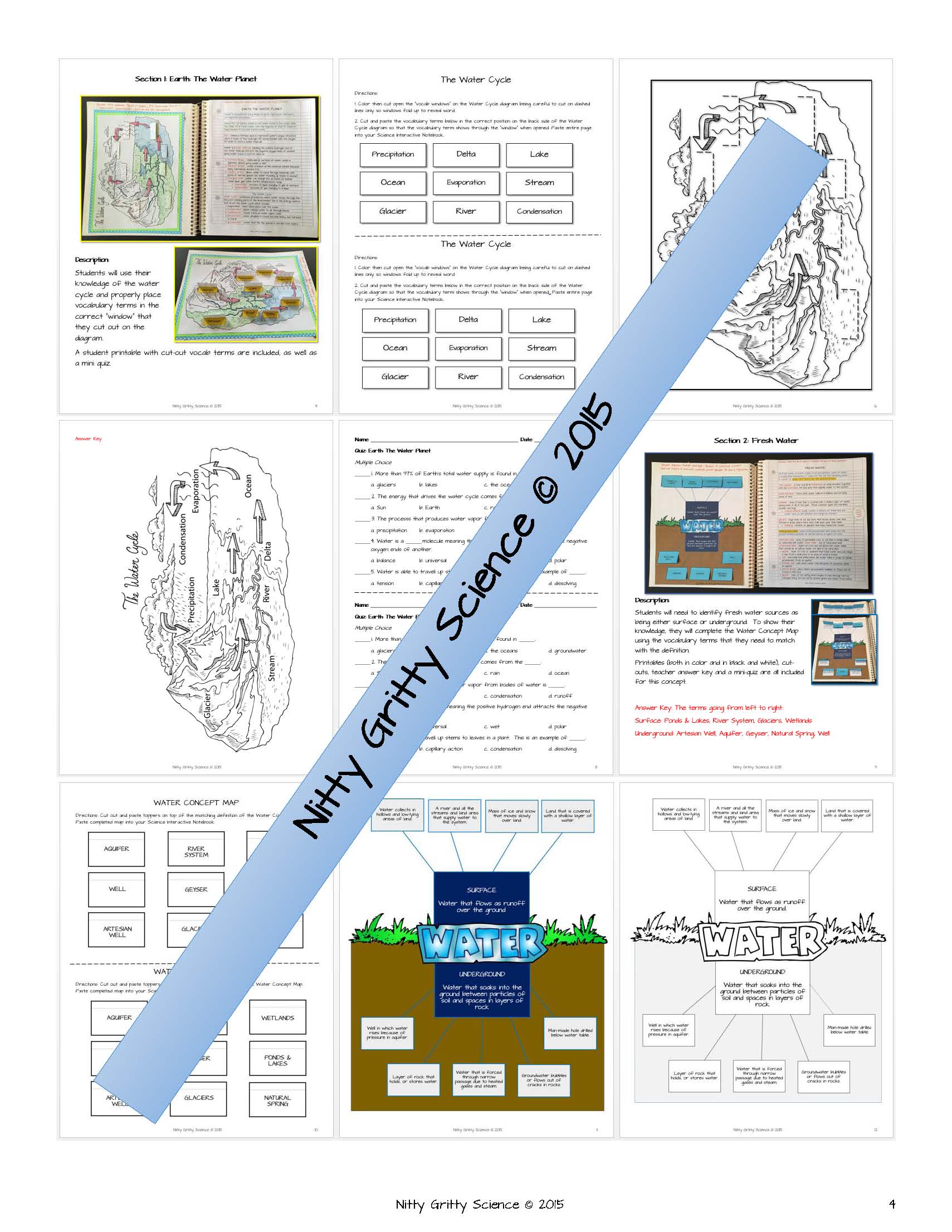


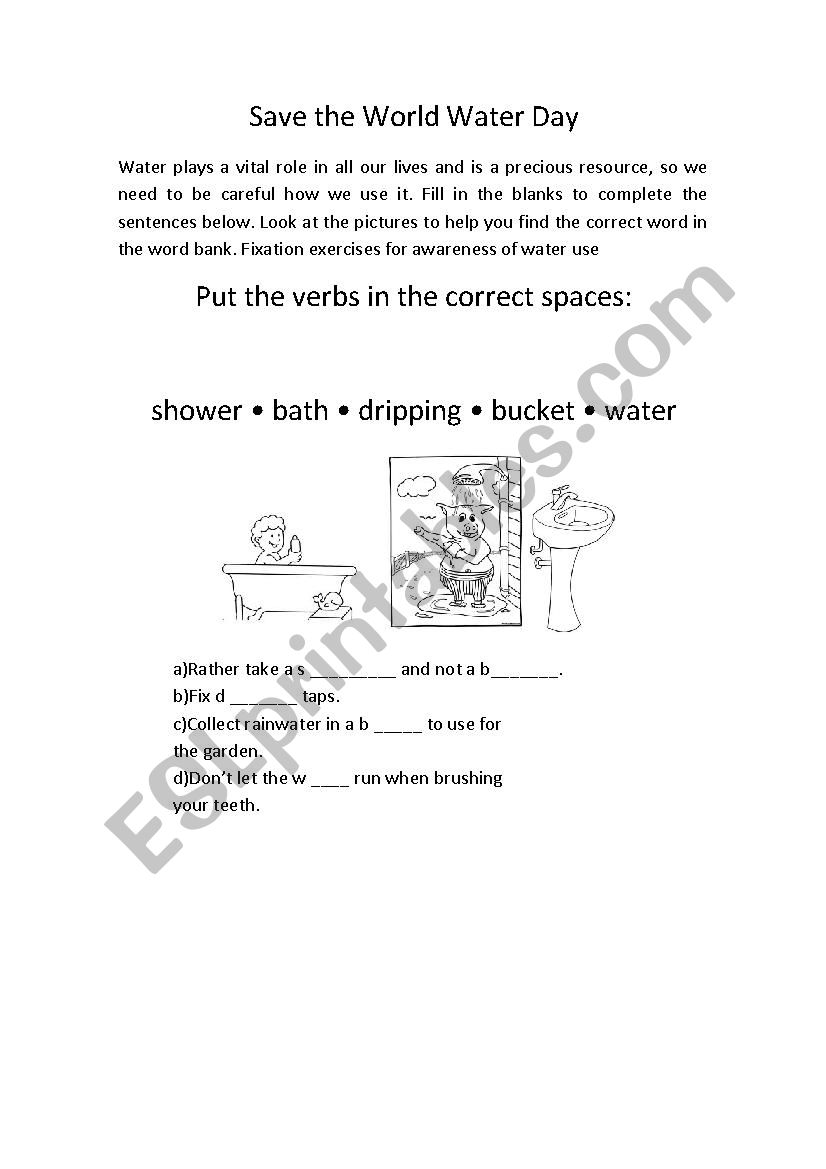

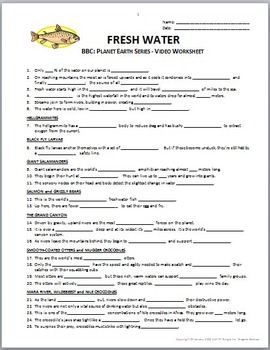
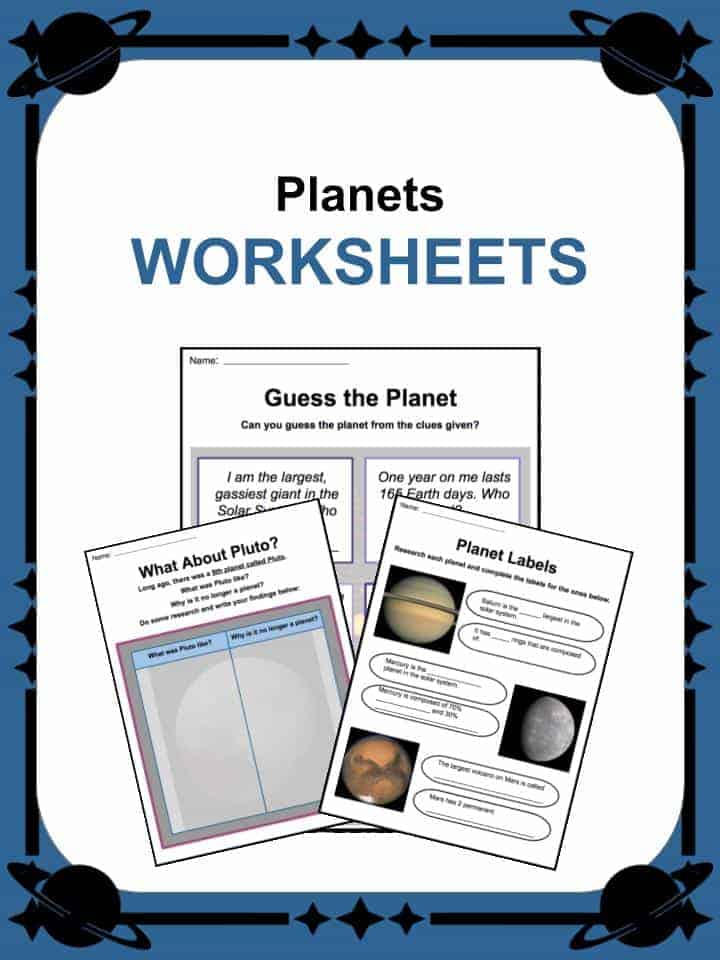





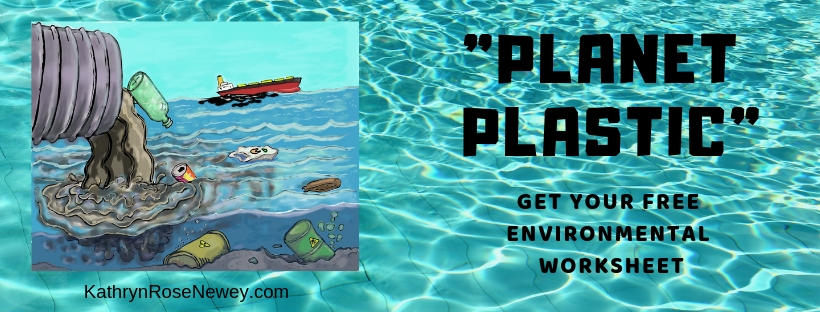
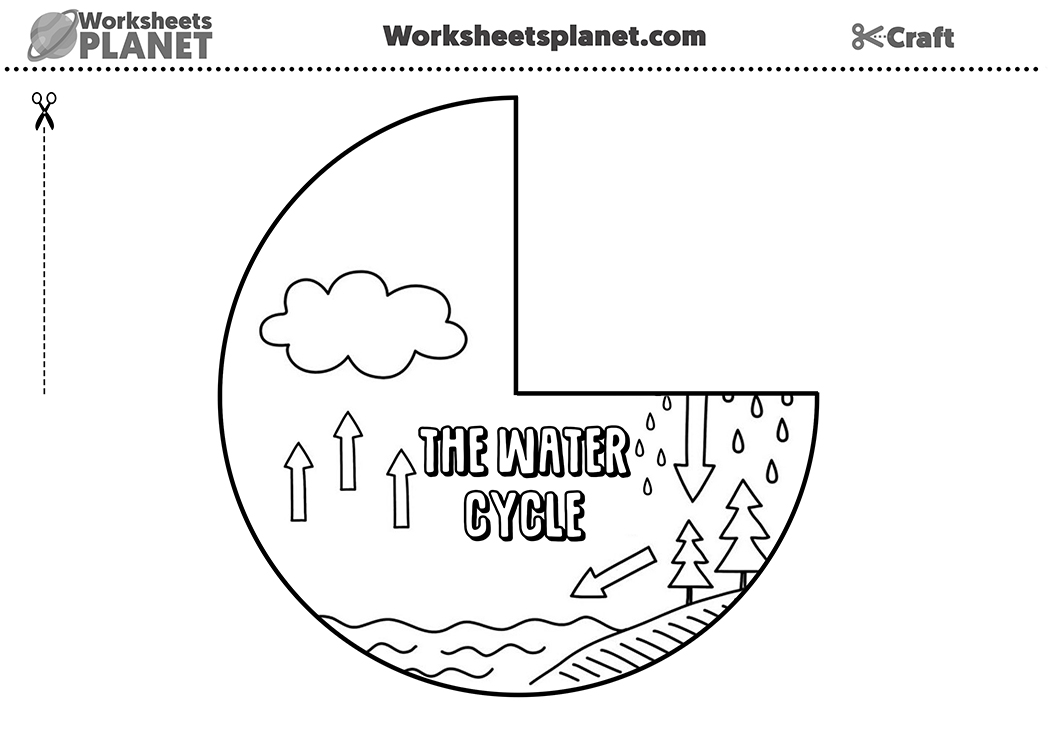









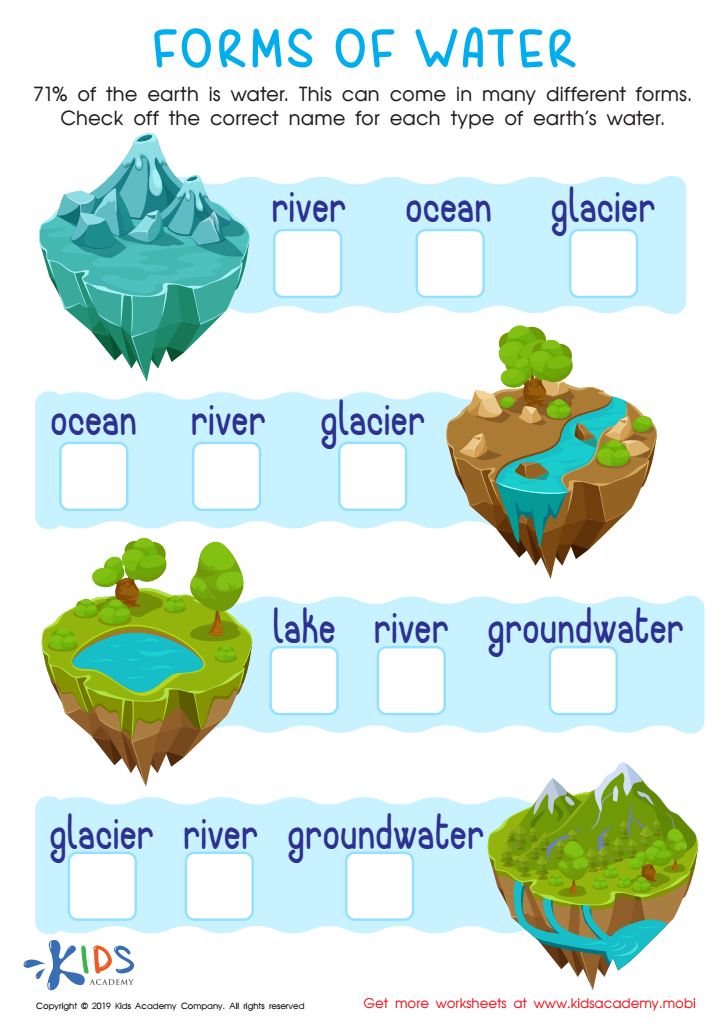
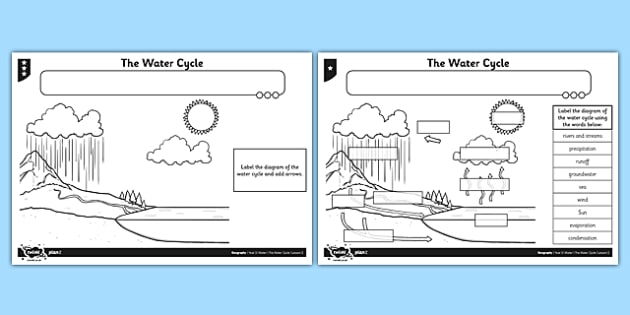

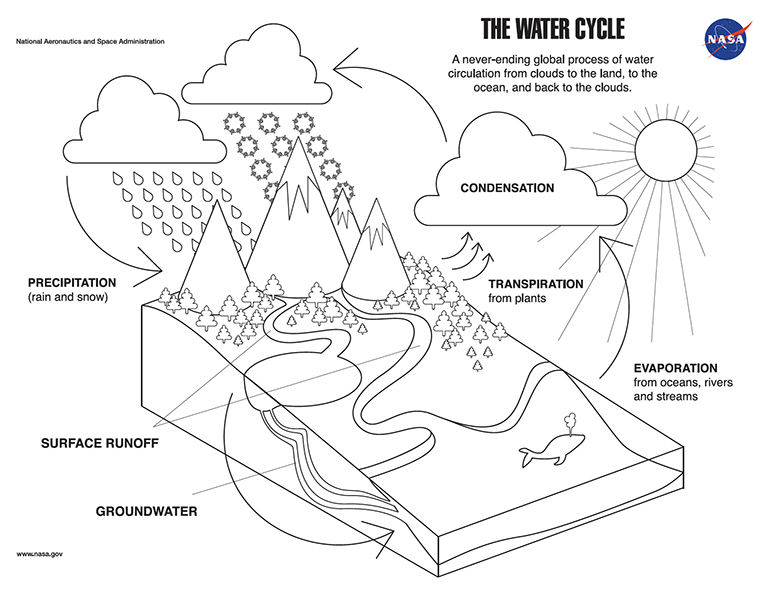

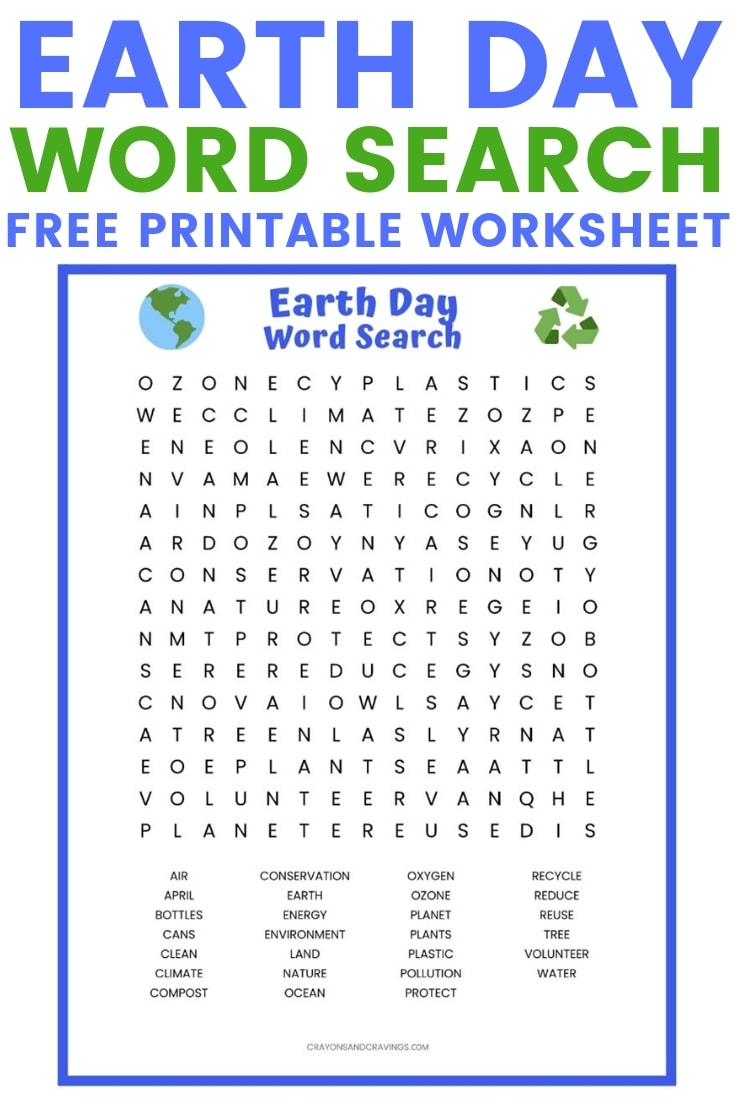

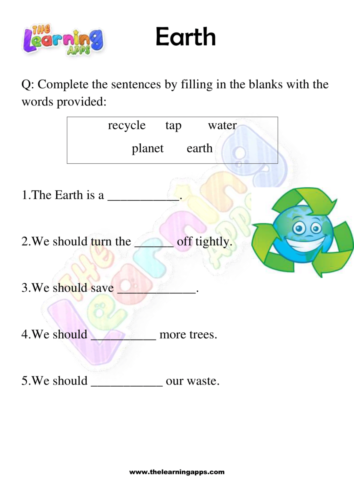
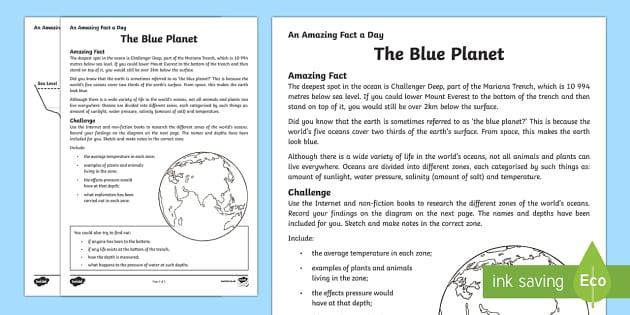



0 Response to "40 the water planet worksheet"
Post a Comment